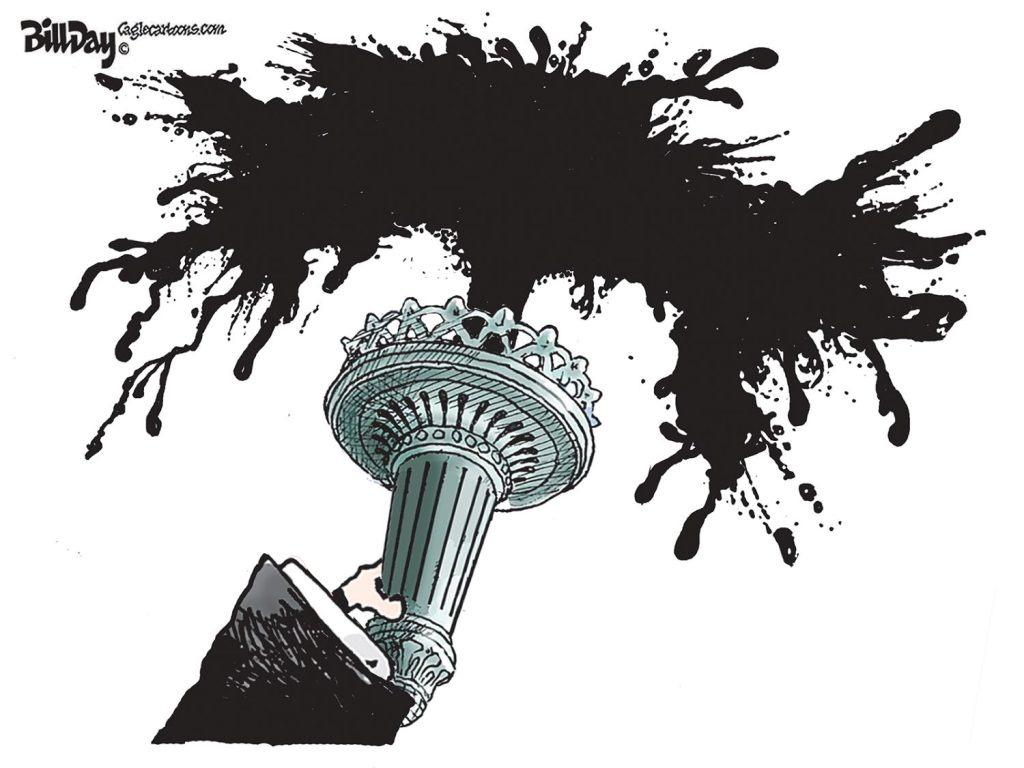
In a broadcast of 60 Minutes a few weeks ago, during a segment on Detroit and its problems, the reporter commented that one of its problems was that it was so big, and it’s just too difficult to provide services over such a large area. It was a comment that hit home with us. After all, Memphis is about two and half times larger in land area than Detroit.
Many of Memphis’s challenges in service delivery and budgets can be traced to aggressive annexation, which doubled the size of the city in 40 years while cutting its density in half. Here are the land (and water) areas for Memphis and selected cities:
325 square miles – Memphis
Memphis land area by decades:
104.2 square miles – 1950
129.0 square miles – 1960
217.4 square miles – 1970
264.1 square miles – 1980
279.3 square miles – 2000
Land and water area by city:
386 square miles – Dallas
319 square miles – Kansas City
305 square miles – Austin
234 square miles – Chicago
149 square miles – Birmingham
143 square miles – Detroit
143 square miles – Chattanooga
142 square miles – Seattle
134 square miles – Atlanta
117 square miles – Little Rock
110 square miles – Salt Lake City
98 square miles – Knoxville
97 square miles – Milwaukee
92 square miles – Baltimore
80 square miles – Cincinnati
Here are land areas for some consolidated city-county governments:
885 square miles – Jacksonville
518 square miles – Nashville
368 square miles – Indianapolis
342 square miles – Louisville
286 square miles – Lexington KY
221 square miles – Columbus GA
350 square miles – New Orleans
155 square miles – Denver
143 square miles – Philadelphia




More people need to understand this. The sheer geographic size of Memphis is the reason the population is a little deceptive.
Looking simply at the population numbers (without considering density or metro population) Memphis is actually bigger than Boston, Miami, Atlanta, Denver, Seattle, Baltimore and DC” This causes many around Memphis to ask, “Well why don’t we have what they have?”
When I was young (like 18-21), I would remind and brag to Atlantans that Memphis was the bigger city. But I just could not understand why they were considered to be a bigger city and why Memphis was considered to be a city that could not handle an NFL or MLB team, while a city like Atlanta could. That is until I learned that metro population is what really counts. Then I learned about density on top of that.
Memphis’ sparsity is back breaking. Until we figure out a way to reverse this, we will never have a good public transportation system
A major factor that no one seems to mention is our topography. There aren’t a lot of cities that are relatively flat like us, making it easier to build more and more, further in all directions but west. At the same time, we aren’t so flat that we are subject to flooding very often.
So the ease and the temptation are there. Unfortunately, the political will to restrain ourselves from lack of planning has not been there, made worse by greedy developers.
North Memphis and the adjacent parts of Shelby County is just an empty, vast wasteland. Definitely not much in that area. All of the annexation has been a disaster for city services and the tax base.
Metro Nashville and its adjacent counties (Williamson, Rutherford, Wilson, a Sumner, Cheatam) are much larger in population totals and density than Metro Memphis, including TN, AR and MS. Nashville is growing very rapidly on its own, and it’s surrounding counties are also booming.
Why is it that the areas north Memphis city and northern parts of the county are not highly populated and dense? Wolf River swampland? Or just undesirable for what reasons?
Re: Stanford92. I actually believe Nashville is less dense than Memphis despite their population growth; in fact population is spread throughout a number of counties as you mentioned. We’re somewhere around 2000/mi2 if I recall correctly.
What is the solution for 20th century annexation; the creation of a Memphis 2035 Master Plan, with the hiring of a few professional planners?
Many of these aggressive annexations were originally completed by white politicians chasing after white voters. Particularly after the voting rights act.
Of course some annexations were after net population (which yields both federal/state dollars and political power) and tax base.
But the genesis of later expansion was racist in intent: diluting black electoral power.
Put very simply, many of the budget and revenue problems – as well as social problems – relate to the fact that it has too few people living on too much land.
Anonymous has a point. The extension of sewers by Memphis was made easier and less expensive by topography, which encouraged its approval of them.
Stanford and Chantul: The Nashville MSA is less dense than Memphis.
WMC: One reason that the areas north aren’t populated as much stems from road decisions made many, many decades ago. The plan (we’re thinking it was in the 1920s or so) was to create major roads to the east and north. The roads to the east were completed and the roads to the north weren’t so growth followed the artery.
Peter Taylor: You’re absolutely right. It was all about white voters. Beyond the motivation of Memphis politicians, county elected officials doubled their government’s debt to pay for infrastructure that was a gift to developers on the premise that they could keep white voters inside Shelby County and retain their voting base.
But the population of the Nashville MSA is much larger than the Memphis MSA, yet Shelby is a larger size than Davidson. Does not add up.
Memphis and Shelby County made a colossal error many decades ago when they did not pursue a consolidated city-county government. Nashville and Davidson County did it in the early 1960s and that was a huge factor in the growth and development for Metro Nashville and surrounding counties in Middle Tennessee.